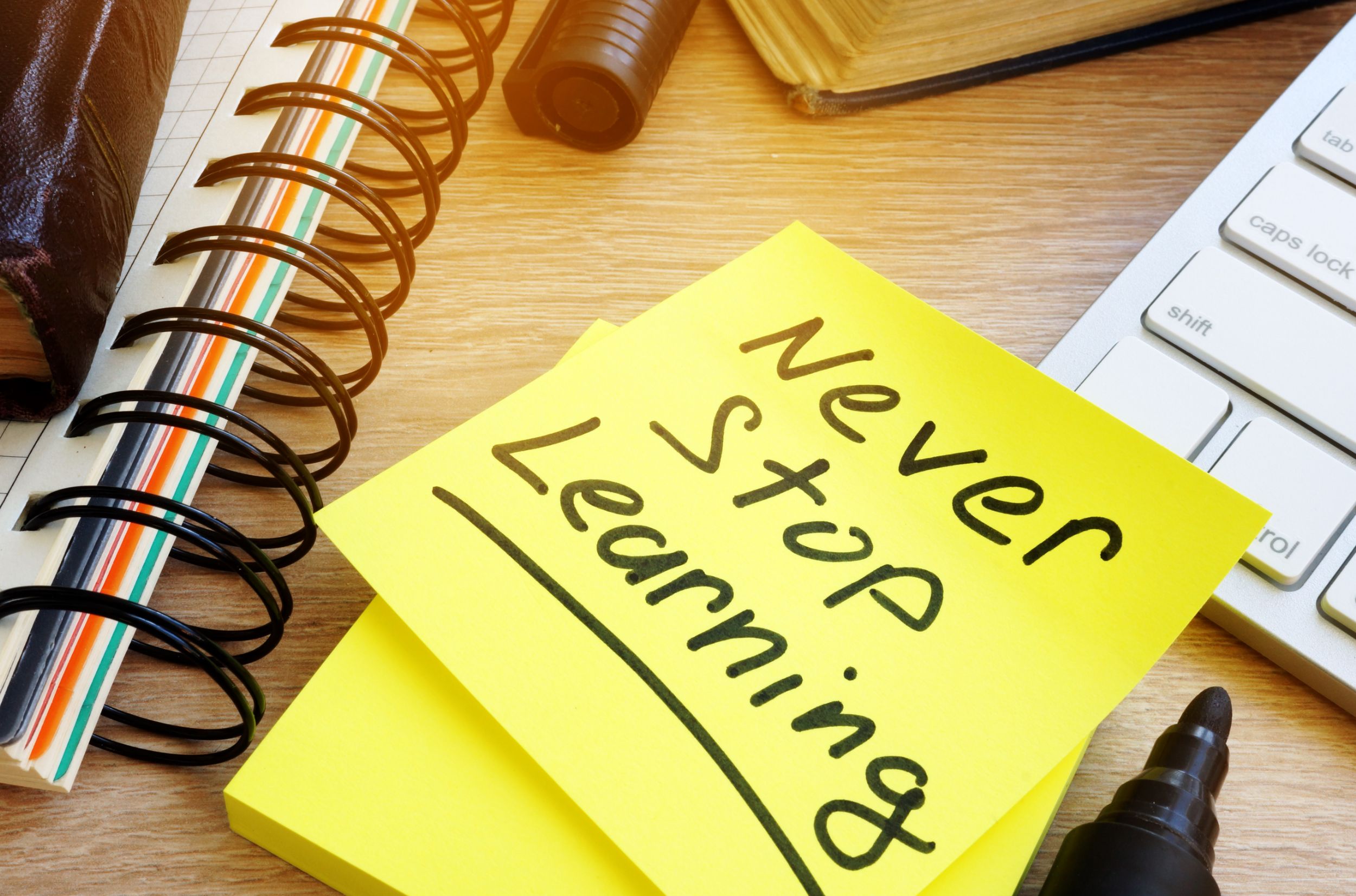
When we buy a car, we want one that’s reliable and won’t have costly repairs in the future. For our devices, we opt for long-lasting batteries so we’re not constantly replacing them. We look for things that stand the “test of time” and add value to our purchases. We want to feel good about the thoughtful considerations we put into those decisions and, in many instances, that thoughtfulness is what stands between our newest purchase and the landfill.
So, why would the same not apply to the sustainability of a learning investment for both the employee and the organization? Sustainability can have many meanings, but one paramount focus is how to make the most of your financial investment. That means building meaningful and evergreen considerations into your solutions not only during the design and development . . . but also beyond the implementation! Whether your goal is to ensure educational success or develop a world-class workforce, thoughtful planning will make your learning stand the test of time and go the extra mile.
An organization that fosters learning and builds real-world experiences and relatable practice into its learning adds longevity and sustainability to its investment. As with all our purchases, it’s this thoughtfulness that keeps your new learning out of the pile of discarded learning. You can safeguard and take advantage of your learning investment through long-lasting solution design and reinforcement. This is accomplished by designing to your learner’s reality and through continual learning and support.
When training is learner-centric and focused on situational context, it provides the strongest link to on-the-job experiences. In an eLearning Industry article, writer David Peterson shares, “Design your learning courses with empathy. As you’re planning your training, think about what your learners will need to be successful. Will they need time and flexibility to absorb and complete a large amount of material? Maybe experience with complicated processes to build competency and confidence? What about practice to retain newly acquired skills and continue building critical decision-making skills and confidence? Any course you design should be built around the specific needs of your learning audience to maximize your chance for successful outcomes. Prioritize those needs, and your improved outcomes will reflect an automatic ROI.”
Speaking of design, microlearning and modularity offer bite-sized, focused learning experiences that can be digested quickly and produced faster and for lower cost. They both offer less time-consuming options that can be updated quickly to stay relevant.
Practice makes perfect—both during and after the training—and leads to more fluid concepts and skills transfer. So don’t be afraid to integrate practice opportunities into your design. We all know how essential practice is to learning. Take it to the next level of creativity with various activities to help different types of learners apply that knowledge and hone their skills. The ideal outcome of the learning experience is new skills and behavior change happening naturally. That enhances performance, which is the ultimate payoff of your investment.
Set the stage by creating a culture that embodies continuous learning. People who believe in expanding their skill sets are more willing and eager to develop and will make the most of that investment. As a direct result, they’ll ultimately be more successful. Learning should never stop just because the training event has ended.
The right balance of coaching and mentorship nurtures continual enhancement and is key to ongoing sustainability. Learners often need someone to lean on to stay motivated. Receiving feedback helps engrain skills and concepts. In a virtual environment, having a “buddy” to talk through strategies and apply concepts learned can be a powerful motivator. This is also a great opportunity to practice using those newly learned concepts and skills.
Financially and practically speaking (every pun intended), the success of a learning initiative isn’t just what’s learned or the concepts that are conveyed. It’s answering the question of how much was truly retained and actively implemented afterward. It’s the quality control that helps take learning the extra mile to achieve true ownership that will ultimately protect that investment. Think of it as the ultimate insurance policy for long-term effect and sustainability.
Contact an Ardent expert to explore a sustainable solution for your organization.
These Stories on Learning Strategy
As the word echoed in the boardroom, all eyes turned to Klara, the new VP of ...
Quick poll: Raise your hand if you like taking compliance training.
I can’t see you, ...
Imagine a mid-sized consumer packaged goods (CPG) company — let’s call them “FreshBite” — facing a critical challenge: Mid-level managers, many of whom were first-time ...
Copyright © 2025 Ardent Learning Inc. All Rights Reserved.